Ancient Remedies
We can only speculate about our prehistoric ancestors’ behavior, but clues and common sense tell us they used plants to survive, relying on them for nourishment and, over time and after observation, medical treatment. These plants may have been more than just food and medicine to early humans—through their healing powers, plants may have represented a connection to the supernatural world. At the 60,000-year-old burial site of a Neanderthal man, researchers found eight species of flowering plants—laid there, some surmise, to fortify the man as he journeyed to the next life.
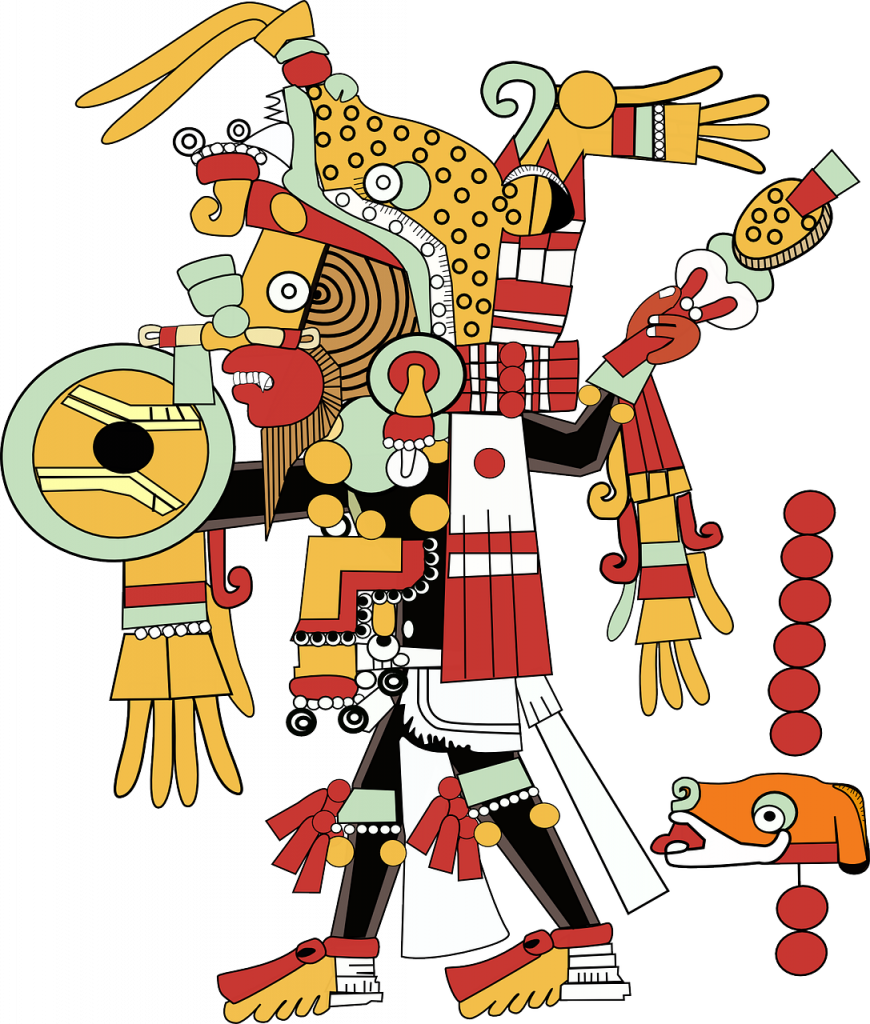
When humans began using formal writing systems, they also began documenting their use of medicinal plants, so we can be more certain about the use of herbal remedies dating back to about 3000 b.c. As civilizations developed and trade routes became established, travelers began observing other cultures’ use of plants and brought both herbal remedies and knowledge of their use back to their home countries. Such observations lead in a more-or-less straight line to conventional medicine’s adoption and adaptation of some phytomedicines, including Taxus brevifolia, or Pacific yew, which gives us the anticancer drug taxol, and Chondrodendron tomentosum, which gives us tubocurarine chloride, used to calm patients’ muscles during surgery. In terms of more commonly used herbal medicines, we prepare and take some of them in the same way our ancestors did. We know, for instance, that the constipation remedy castor oil, which comes from the castor bean, was used as a laxative thousands of years ago. Such knowledge may be humbling, given our contemporary emphasis on expensive health care and medical research.

Crossing the Globe
Tracing the development of medicinal plant knowledge is a mapmaker’s paradise. It follows paths leading from royal physicians, Buddhist monks, and Amazonian hunters to the hands of early traders, world explorers, and North American pioneers. It runs a line parallel to the first writings known, moving from the eyes of a select few and then, thanks to the invention of the printing press, to the eyes of the masses.
A few big events and a few big names are pivotal to this transfer of knowledge. Among them:
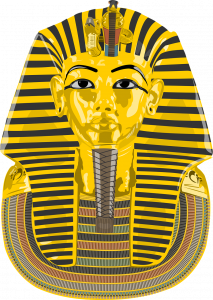
Second and First Century B.C.
• The Ebers papyrus of Egypt, which dates to 1500 b.c. and is the earliest surviving record of medicinal plants, includes descriptions of dozens of herbal remedies and their uses, including castor oil. At about the same time, the Vedas, epic poems written in India, presented stories rich in herbal lore.
• Eight hundred years later, the Charaka Samhita was written by the physician Charaka in India. He describes about 350 herbal medicines, including visnaga, an herb of North African origin that has recently proven effective in treating asthma (see below).

First and Second Century A.D.
• The Shen’nong Bencaojing, or Divine Husbandman’s Classic, was written in China during the first century. It includes 354 entries; of these, 252 are herbal medicines. This early herbal laid the foundation for Traditional Chinese Medicine.
• At about the same time in Europe, Dioscorides wrote his De Materia Medica, a text that lists about 600 herbs. It was used as the principal reference for medicinal herbs in Europe until the seventeenth century. Originally made for Juliana Arnicia, daughter of the Roman emperor Flavius Avicius Olybrius, the herbal contained nearly 400 full-page color illustrations.
• By the second century, world trade was established, and wares in this new global exchange included medicinal herbs. Writers began to catalog plants with known medicinal actions and to record their properties.


Sixth to Fourteenth Century A.D.
• Between the sixth and fourteenth centuries, Arabic culture spread to Europe, bringing with it the knowledge of blending herbs to achieve different effects—in other words, the art of pharmacy. In India, Ayurvedic medicine developed in the universities and hospitals.
• Hildegard of Bingen, whose claim to fame includes being not only an herbal authority of her time but also the first German woman physician, wrote the Book of Simple Medicine and Book of Composed Medicine between 1151 and 1161. In the former, she describes the medicinal uses and harvesting of more than 200 herbs and other plants. In the latter, Hildegard lists more than 300 plants, along with herbal treatments.
Sixteenth Century A.D.
• On the other side of the world, in 1552, thirty-one years after the Spanish conquest of Tenochtitlán (present-day Mexico City), an Aztec physician Martinus de la Cruz wrote an herbal in the Nahuatl language (a local Aztec language). Called the Badianus Manuscript, it’s the first herbal of the Americas, and details therapeutic uses of 251 Mexican plant species. Written under order of the son of the first viceroy of New Spain, who was interested in herbs and spices of the New World and the medical knowledge of the Aztecs, the herbal conveys Aztec knowledge of medicinal plants and their pharmacological actions.
• In the 1600s, Nicholas Culpeper’s The English Physitian was published. Culpeper advocated affordable health care based on the use of locally grown plants, and his herbal was a best-seller.
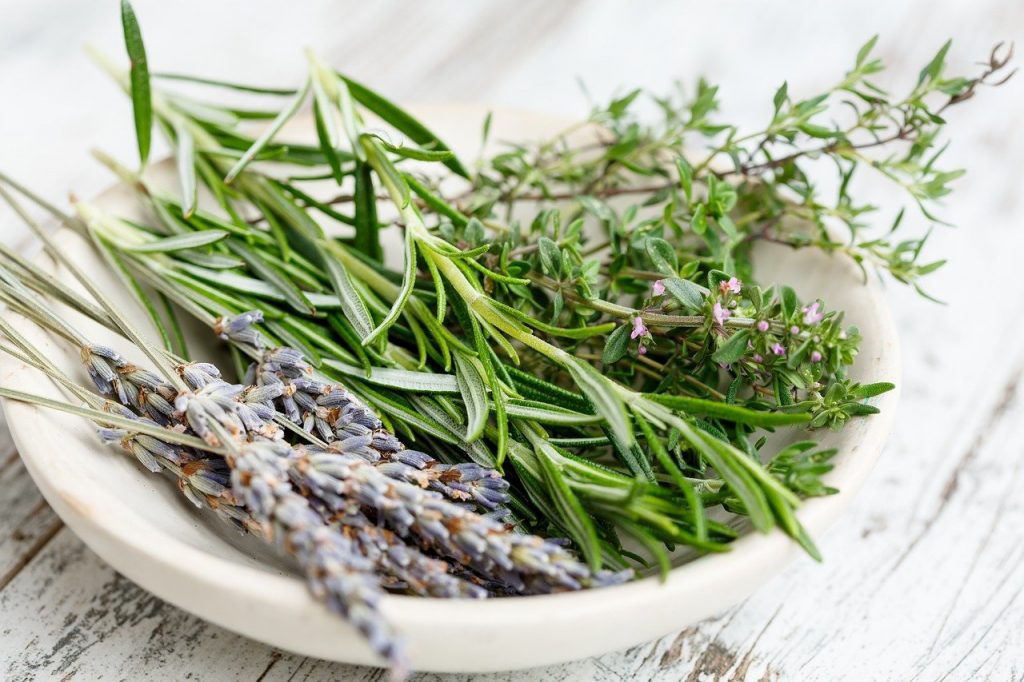
Eighteenth to Twentieth Century A.D.
• Native Americans in North America shared their herbal knowledge with settlers, especially toward the end of the eighteenth and into the nineteenth centuries. Samuel Thomson based his regimens on Native American herbal practice, and a group of physicians called the Eclectics combined the then-new knowledge of physiology and pathology with herbal traditions.
• By the early twentieth century, herbal medicine in the United States became secondary to conventional medicine, largely because of the government’s decision to give financial support only to schools that practiced conventional medicine.
Centers of Origin for Some Medicinal Plants
Central to all of these events, of course, are the herbs themselves. While the people of ancient cultures—those who discovered and passed their herbal knowledge on to scores of succeeding generations—no longer survive, many of the plants do. Here are descriptions of some key medicinal herbs of the world, with their past and present uses.
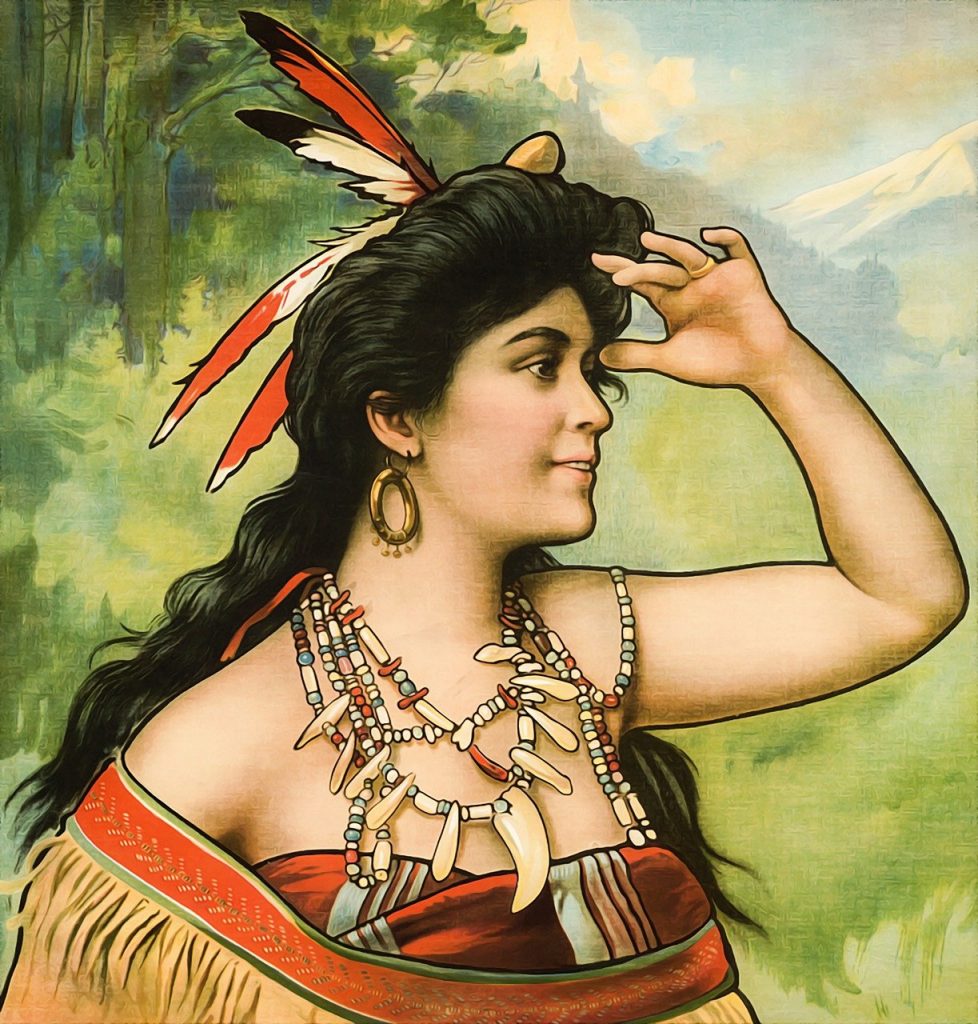
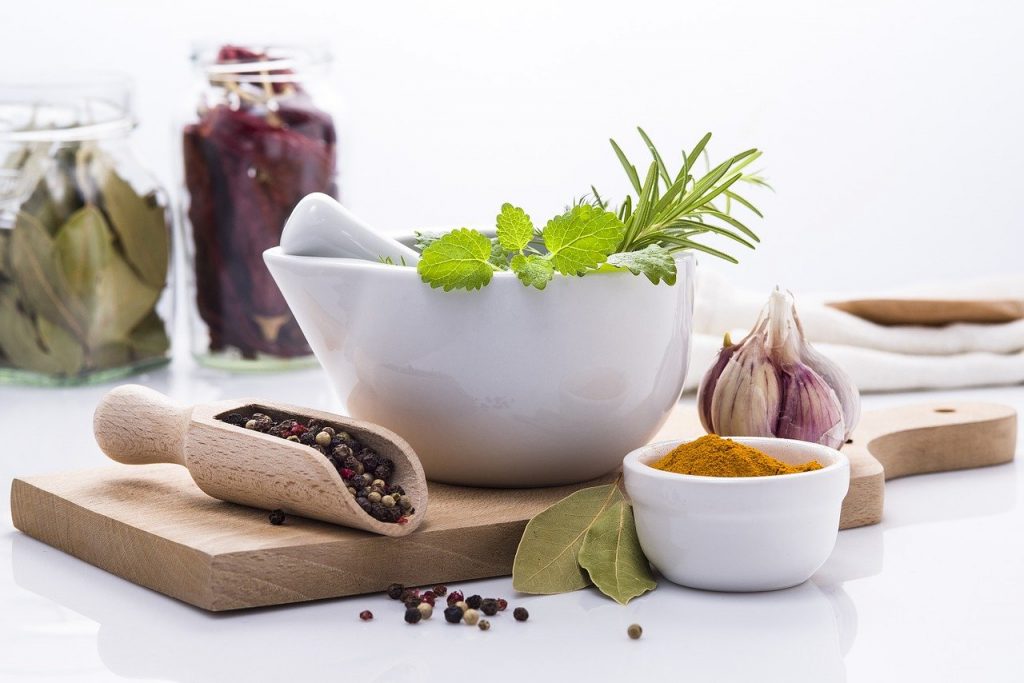
North America
Bloodroot (Sanguinaria canadensis) was used by Native Americans to treat fevers and rheumatism and to induce vomiting. Modern herbalists use it as an emetic too, as well as to promote coughing and clearing of the respiratory tract. They also use it cautiously because bloodroot can be toxic in large doses.
Western yew (Taxus brevifolia) grows in the Cascade Range running from Washington state to Northern California. It was once used to treat rheumatism, but modern herbalists avoid yew because it is extremely toxic.
In the 1960s, National Cancer Institute researchers began examining an extract from the yew’s inner bark, thinking it held potential as a cancer treatment. By the late 1970s, they isolated taxol from the yew extract. Taxol stops the division of cells, including cancerous ones. In 1989, the results of a trial of taxol taken by women with ovarian cancer showed that 30 percent of the patients improved, and the U.S. Food and Drug Administration approved taxol’s use as a drug in 1993.
While the Western yew is the main source of taxol, researchers have devised a process to manufacture taxol from other yew species as well.
Wild yam (Dioscorea villosa) is native to North and Central America. The Mayans and Aztecs used it to relieve pain, and North American pioneers used it to treat rheumatism. These cultures also used wild yam to treat painful menstruation and labor pains.
Today we know that wild yam roots and tubers contain plant sterols, specifically diosgenin, which, when synthesized, provides progesterone.


Central and South America
Ipecac (Cephaelis ipecacuanha) was used by South Americans to clear the stomach and respiratory tract. European explorers took it home with them in 1672 and found it to be an effective treatment for amoebic dysentery. It’s still used for this purpose today; it also is used to treat bronchitis and whooping cough and to induce vomiting—but it can be deadly when used at large doses, so follow label instructions carefully.
Curare (Chondrodendron tomentosum) grows wild in the Amazonian rain forest. The root and stem gave early hunters a poison they used in their arrows; this poison paralyzed their prey.
Today we know that this poison comes from an alkaloid in the plant known as tubocurarine, a form of which is used to paralyze patients’ muscles during surgery.
Cacao (Theobroma cacao) comes from an evergreen tree native to Mexico and Central America. The Aztec name for this tree is chócolatl, from which comes the English word chocolate. Cacao seed pulp was used to stimulate the nervous system.
Quinine (Cinchona spp.) is native to the mountainous regions of South America. Peruvians used the bark to make a treatment for fevers and infections. Today we know that its bark contains alkaloids that provide a remedy for malaria, which was used until the early 1900s and again after the 1960s, when resistance to the synthetic antimalaria drug chloroquine developed.
The papaya (Carica papaya) tree bears a sweet fruit that Mayans used, along with the tree’s latex and shoots, in their herbal medicine. We know now that the fruit contains papain, a protein-dissolving enzyme that eases digestion.
Coca (Erythroxylum coca) is best known as the source of the illegal drug cocaine. But it has played an important role in folk medicine as a treatment for toothaches and to numb the effects of cold weather in mountainous, rainy areas of the eastern Andes. Cocaine and other alkaloids in the plant’s leaves have stimulant and anesthetic

Africa
Yohimbe (Pausinystalia yohimbe) is native to the forests of western Africa. The Bantu tribe used its bark as a male aphrodisiac, and it has been used in conventional medicine to treat impotence. Yohimbe contains alkaloids that stimulate the brain, but they are toxic in high doses.
The castor bean (Ricinus communis), from which we obtain castor oil, was listed in the Ebers papyrus. The plant is believed to be native to eastern Africa and is cultivated today in hot climates around the world. The seeds are toxic but oil from the seeds is not. Castor oil is used as a base in cosmetics and as a laxative; recently, researchers have been exploring the castor bean’s effectiveness as a contraceptive.
Aloe (Aloe vera) is native to eastern and southern Africa. Legend has it that Cleopatra attributed her beauty to aloe vera gel, which comes from the leaves. At the base of aloe leaves, one can find a yellow sap that, when dried, yields “bitter aloes,” which are strongly laxative. Aloe gel is a powerful healer of burns and wounds, and research shows that the gel contains aloectin B, which stimulates the immune system.
Senna (Cassia senna) is native to tropical Africa and was first used medicinally by Arabian physicians in the ninth century. Then as now, its medicinal value comes from its strength as a laxative. Senna causes the muscles of the large intestine to contract and prevents fluid from being absorbed.
Visnaga (Ammi visnaga) provided the Egyptians with a remedy for kidney stones and was mentioned in the Ebers papyrus. Today the herb is still used to ease the pain of kidney stones and is the source of a drug used to treat asthma. Visnaga derivatives have a powerful antispasmodic action on the bronchial muscles.

Asia
Ginkgo (Ginkgo biloba) is very popular in the United States, primarily because recent studies show that it’s effective in improving circulation to the brain and in improving the condition of some Alzheimer’s patients and those suffering from senile dementia. The tree is native to China, where its seeds are used in herbal medicine to relieve wheezing and to treat incontinence and its leaves are used to treat asthma.

Europe
Foxglove (Digitalis spp.) is native to western Europe, where folk healers used it as a diuretic and for other purposes. Today it is the source of the powerful heart drugs digitoxin and digoxin.
Belladonna (Atropa belladonna), also known as deadly nightshade, was once believed to help witches fly. Its name may come from the practice by Italian women of using the herb to dilate their pupils, considered a mark of beauty. It was also used to treat colic and peptic ulcers.
Today it is used to dilate pupils for eye examinations and to inhibit the parasympathetic nervous system, which controls involuntary actions such as saliva production.
Australia
Eucalyptus (Eucalyptus globulus) was used by the Aborigines to treat fevers and infections. Today we know that its essential oil contains eucalyptol, which contributes to the herb’s ability to dilate the small airways of the lungs. It is often used as an ingredient in chest rubs and balms for sore muscles and joints.
